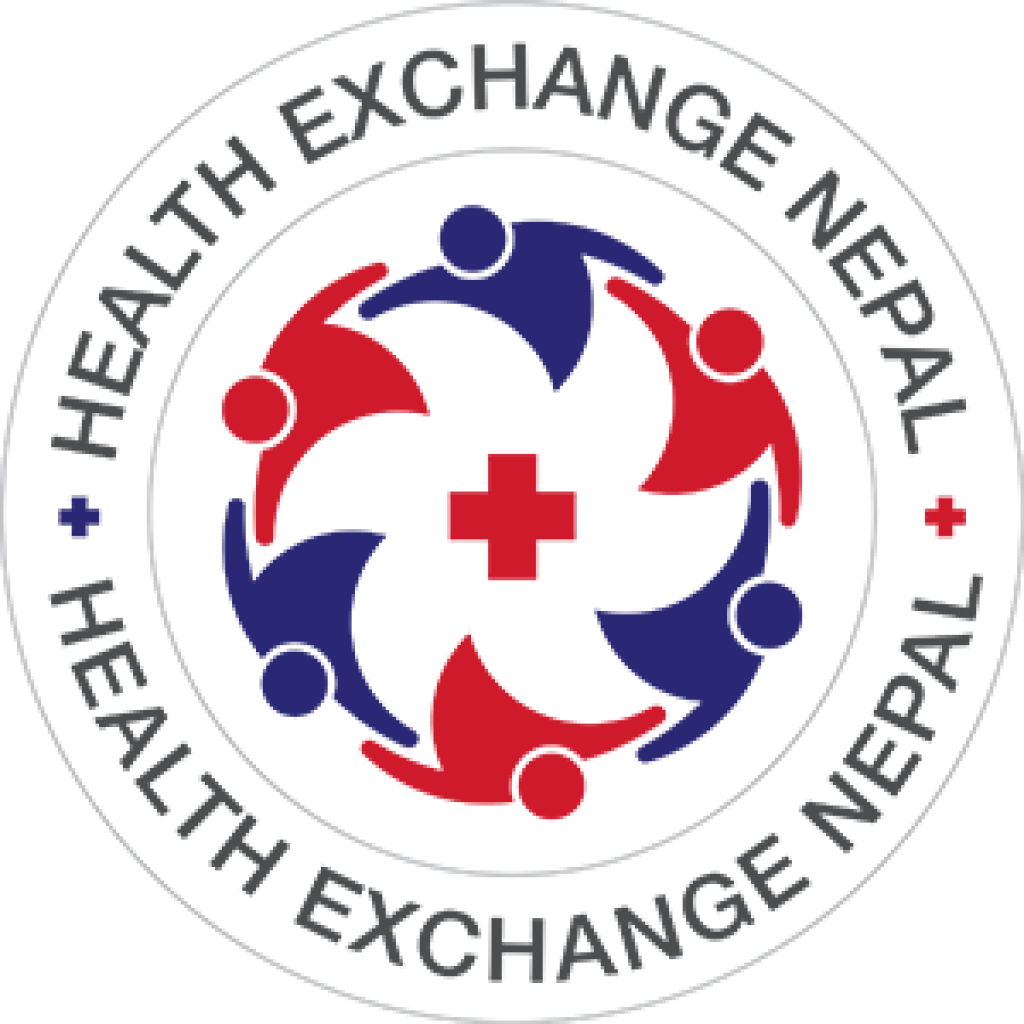NLS Update 2022
/Update to NLS instructors in Nepal about recent changes in guidelines. Preseneted by Madhavi and moderated by Anil.
In management of the umbilical cord, clamping after at least 60 seconds is recommended, but if this is not possible cord milking is an option in babies > 28 weeks gestation.
In non-vigorous infants born through meconium, immediate laryngoscopy with or without suction after delivery is not recommended.
Laryngeal mask may be considered in infants of ≥ 34 weeks gestation (>~2000g) if face mask ventilation or tracheal intubation is unsuccessful.
If there is no response to initial inflations despite an open airway, consider increasing the inflation pressure.
A starting pressure of 25 cm H2O is suggested for preterm infants < 32 weeks gestation.
Initial delivered oxygen concentration depends upon gestation:
≥ 32 weeks gestation - 21% oxygen
28-32 weeks - 21-30% oxygen
< 28 weeks - 30% oxygen.
In babies < 32 weeks, delivered oxygen concentration should be titrated to achieve saturations of > 80% at 5 minutes.
Intraosseous access is an alternative method of emergency vascular access if umbilical access is not possible.
Both initial and subsequent IV/IO adrenaline doses are 20 micrograms kg-1 (0.2 mL kg-1 of 1:10,000 adrenaline (1000 micrograms in 10 mL)), in the absence of a response to CPR give repeat doses every 3-5 minutes.
Stopping resuscitation should be considered and discussed if there has been no response after 20 minutes and exclusion of reversible problems.








